It’s a tough week to be a man.
My gender has not come off well recently, what with the “me too” movement proving that almost every woman in America has been groped, molested, raped, or abused in some way during her lifetime.
Totally disgraceful.
As my own wife typed those words into Facebook, in conjunction with so many friends and colleagues, there’s not much I can do but shake my head and wonder how we got here.
Because where we are is pretty fucked up. (I should also mention the recent, horrifying news about the murder and dismemberment of Swedish photojournalist Kim Wall, which is the worst story I’ve heard this year.)
Then today, in the very same week, Women Photograph came out with a set of statistics that show just how few gigs at the major news organizations are going to women.
The numbers are awful.
I’ve said many times I’m a strong feminist, as my wife went to Vassar and Smith, and educated me since I was 23 on the ways of the patriarchy. As I’m now 43, you can imagine how many times I’ve been schooled on the depth of misogyny here in America.
I may have morphed into a super-liberal, highly conscious male in 2017, but I grew up a suburban-Jersey-boy, obsessed with sports and girls, so it was no given that I’d get where I am.
It took a lot of intervention from the Smith posse, and I’m forever grateful.
In fact, I can still remember what it was like, visiting Northampton back in 1998, partying with all those lesbians. I knew nothing of “butch” and “femme,” or “top” and “bottom,” and was seriously insecure to be in a crowd I didn’t understand.
In the beginning, I struggled with how to handle it. Frankly, I was uncomfortable, and out of my depth. But there was also something thrilling about encountering worlds so different from my own.
Then we moved to San Francisco, and were hanging out with the Bernal Heights lesbian crew all the time, and soon what had seemed strange became a part of my normal life. (In particular because these women, soon-to-become social workers, were such kind, impressive, intelligent people.)
Over time, my repeated exposure allowed me to relax, and begin to appreciate that these ladies were remarkable. Sure, they were different than I was, but at some point, we’re all people.
Now it’s 20 years later, and I am a much healthier, more grounded and accepting person, in particular because I had exposure to people of different races, classes, and sexual orientations in the ensuing years.
That opportunity to mesh with people, outside my Taos bubble, was one of my favorite things about my visit to Chicago, at the Filter Photo Festival last month. (This will be our final post on the subject.)
Because this last bit of synchronicity may be the best of all, and it was directly connected to who sat down at my portfolio reviewing table, ready to show me some work.
It began with the last review of Saturday afternoon, when I was pretty fried from all the looking and talking. A young man took a seat, introduced himself as Matt Storm, and began telling me a bit about his background.
From the first moment, I thought, “It appears he’s transgender. Like he used to be a woman. I hope it will come up in a natural way, so I don’t end up looking like an asshole.”
I gently made some further observations, and asked a few appropriate, polite questions, and it turned out I was correct, that Matt was cool with discussing it, and that I managed not to make a fool of myself.
The work is pretty genius, and I don’t use that word flippantly. Turns out, Matt’s grandfather passed away earlier this year, and they were close. So Matt came up with a project in which he impersonates his grandfather, while wearing the dead man’s clothes.
Even better, the pictures are hilarious, absurd, subversive, and perfect. In fact, in some of the photographs, Matt has posed in front of family pictures in the background that include him, as a young girl, if you know where to look.
I can’t imagine a smarter investigation of gender in America, and the fact that it is funny, rather than strident, is not coincidental.
The next day, in the morning, Kris Sanford sat down across the table, and also had a project looking at issues in Gay America. Kris had made black and white portraits of gay Americans in their homes, back in 2000, (before Will and Grace,) before there was even a widespread discussion of gay issues in our broader culture.
Then, she went back, found the same people, and re-photographed them 16 years later, in color, as symbolic representations of change over time. (Those are my words. She’d probably say they’re just portraits.)
But as Matt is in his 20’s, and his pictures represent a certain of-the-moment-ness, Kris is in her 30’s, and the project seems to have a different vibe reflective, perhaps, of a different generation.
Finally, right after Kris, Zoe Perry-Wood met with me, and she’s also a lesbian artist making work about gay rights issues, but of an older generation than Matt and Kris. In Zoe’s case, she’s been photographing Boston’s gay youth prom for 10 years, making studio portraits of young people celebrating in an inclusive environment where they can joyously be themselves in public.
Zoe mentioned that over time, she’s seen changes in the demographic. In particular, the students have started coming out younger, and there are now more transgender students than their used to be.
Through the pictures, we can see the way changes in the culture at large are reflected in the bodies and spirits of these young people. And the photographs are technically strong as well.
So as strange is it may sound to some of you, I’m now in the process of curating a 3-person show by these excellent artists. I think it’s important for people to look at, and experience, different perspectives, and even though I’m just a straight white guy, I’m hoping to use my energy and effort to help get the message out there.
Moving on, I saw Jim VanBibber’s work out of the corner of my eye at the portfolio walk. Someone had mentioned it to me, so I headed his way to see for myself. Pictures like this need little introduction, as Jim is making wet plate collodion portraits of Lucha libra wrestler toys.
So. damn. cool.
Alice Hargrave had a review with me, and I needed to focus, as there were some pretty heavy conceptual strains pulsing through the pictures. One set was actually a visual, abstracted representation of birds, made by color-coding the sound waves of their calls. (Trippy, yo!)
She also had pictures she made at night, of verdant spots in cities, primarily, and I thought they were lovely. Really great use of color, texture and mood, so that’s what we’re showing here.
Next, we have the work of Julie Pawlowski, who spent several years living in Shanghai. (Her husband worked for Smuckers, of all places.) Though she was only a temporary resident, Julie was impacted by the rampant development in her adopted city.
In particular, she noticed that as traditional neighborhoods were razed, brick walls were put up to block out peeping eyes, or curious feet. So Julie has made a photo series that examines the changes in the urban landscapes, and uses those bricks as a repeating motif.
Finally, yes finally, we end with a small artist book by Kevin Miyazaki. I met him at Review Santa Fe back in 2009, and have been an admirer since. (Kevin was one of the first people to organize a print-for-charity process, with his collect.give program.)
In this case, Kevin gave me his book, about taking a trip to Japan as a Japanese-American who doesn’t speak Japanese. It’s a hard situation to imagine, though it affects many Asian-Americans. Looking like you belong, yet being marked as outsider because of your dress, language, or inability to understand certain rituals or traditions.
The book is beautiful, and seems an appropriate place to end this month-long look into what I saw, and who I met, in the coolest city in America. (Chicago, in case you’ve forgotten.)

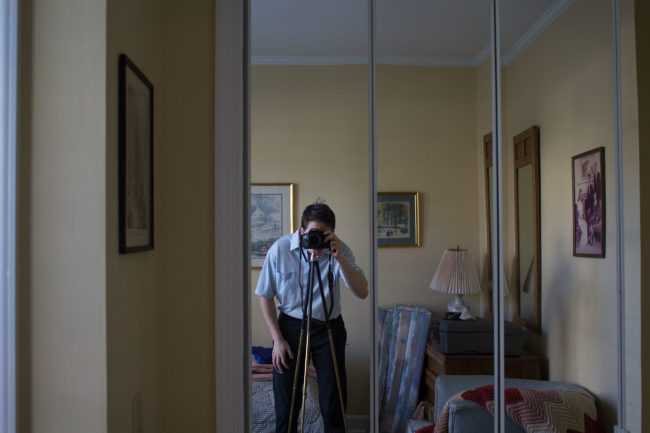



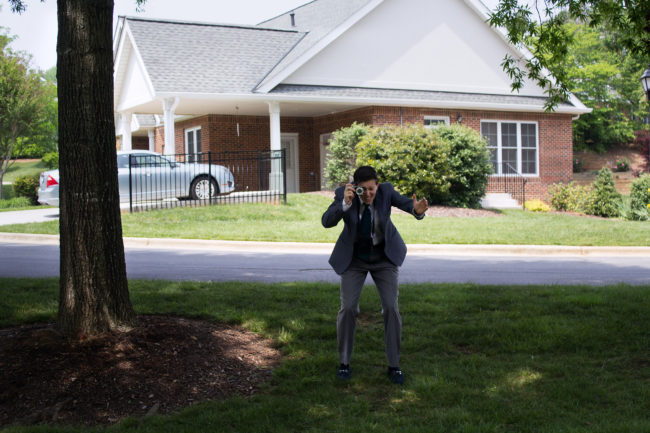
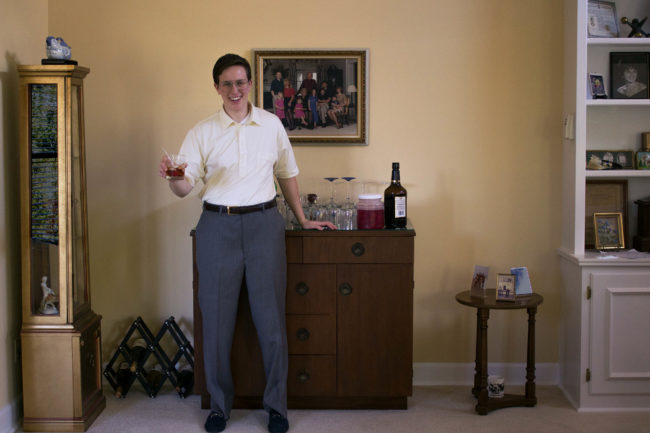
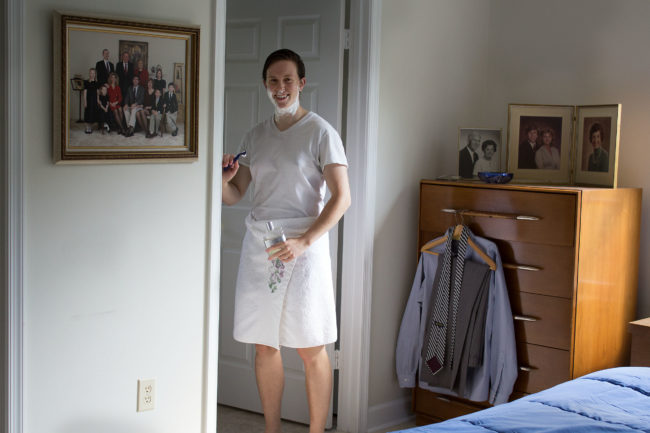
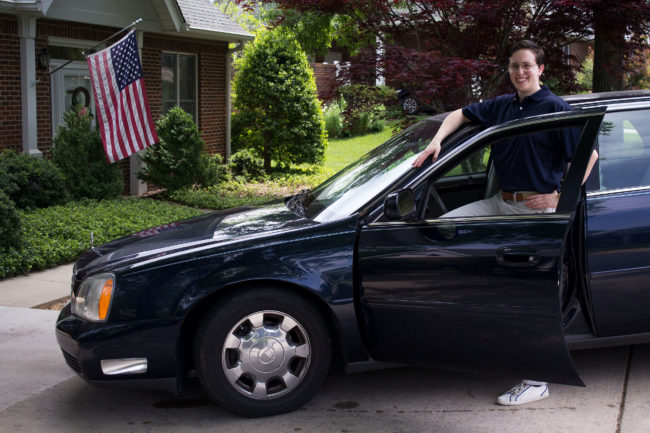

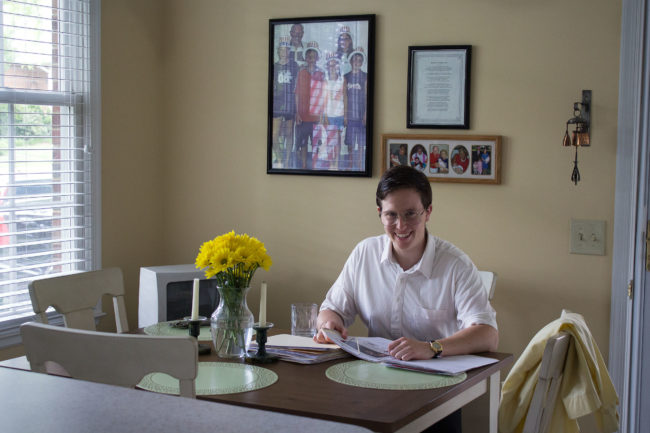
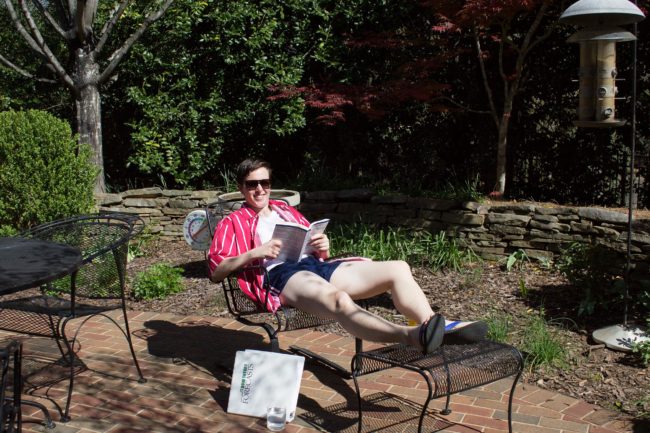
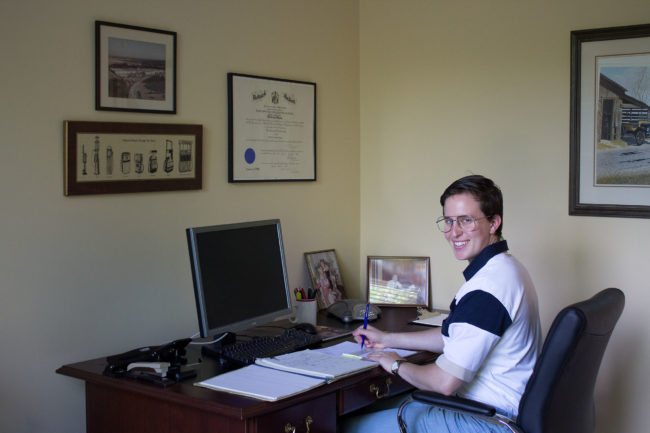
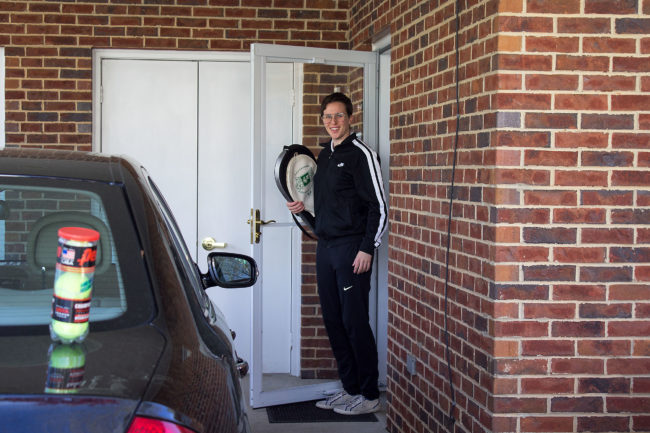

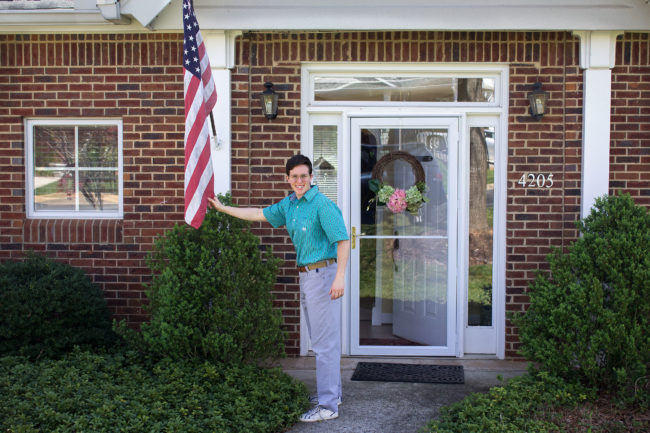

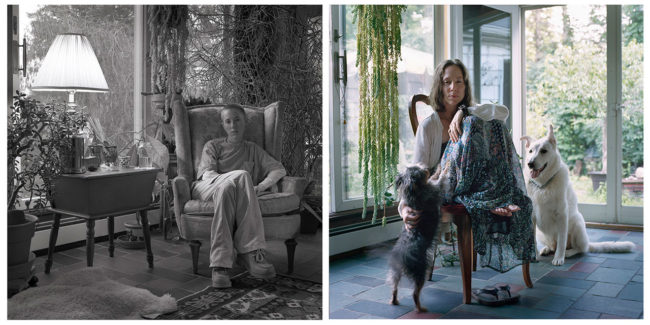


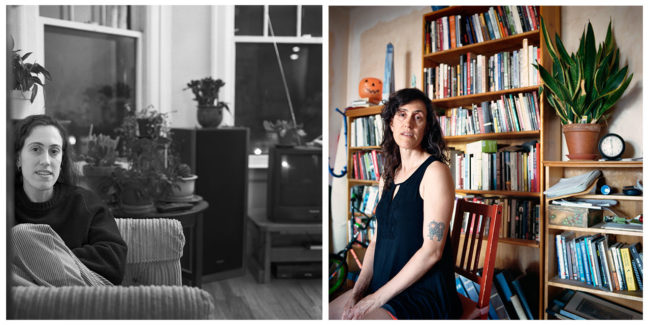


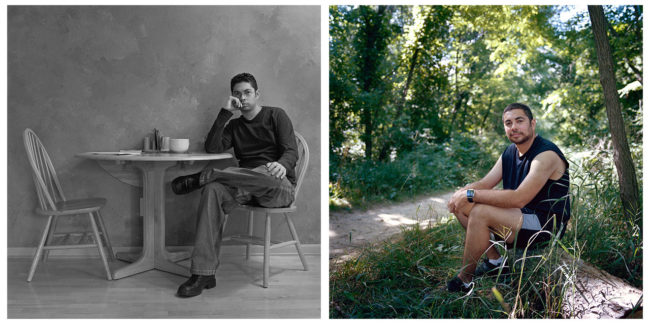



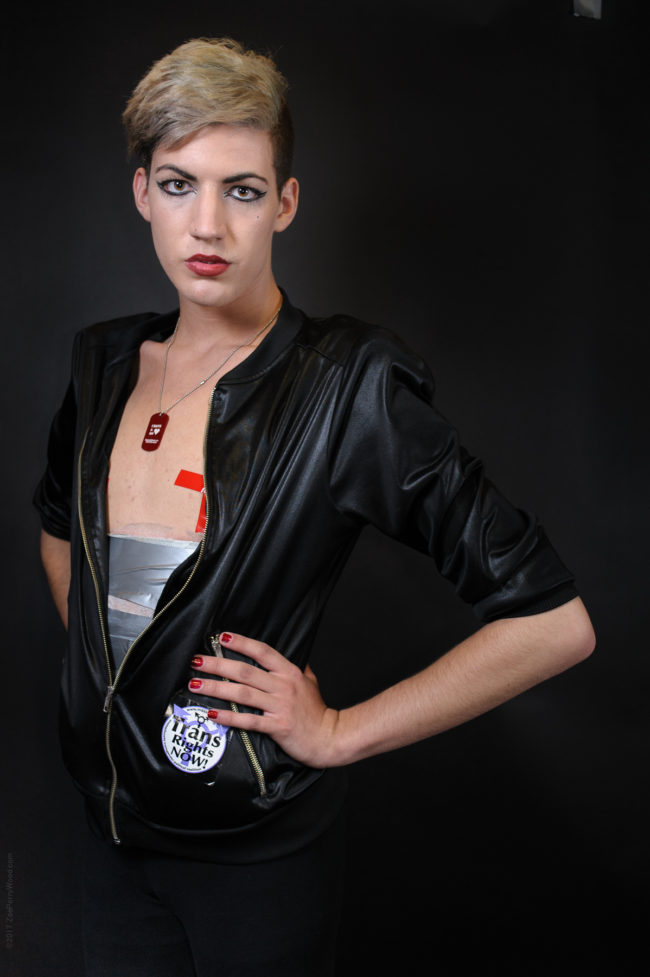



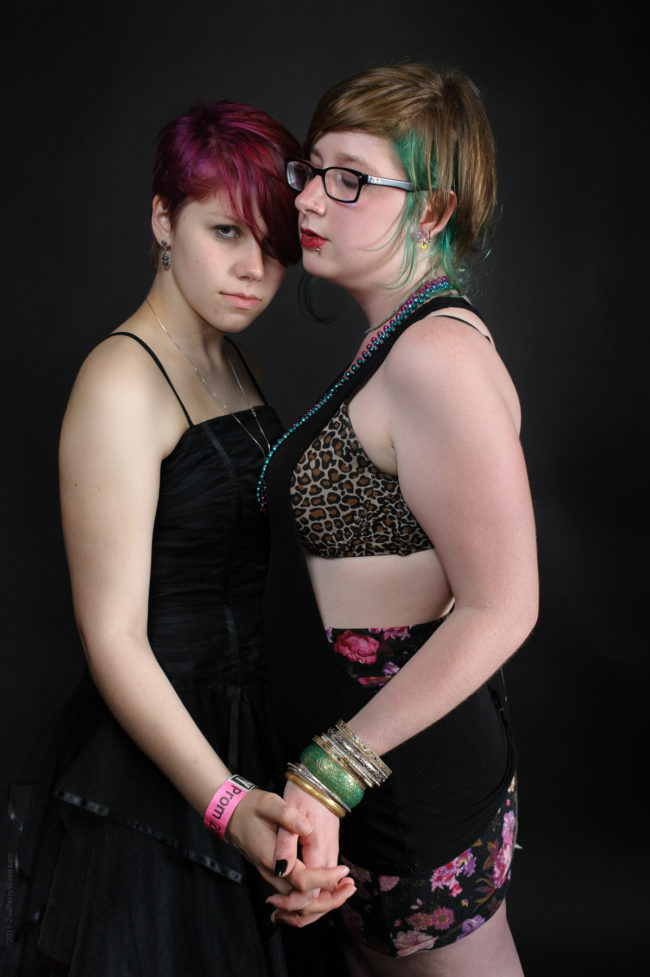

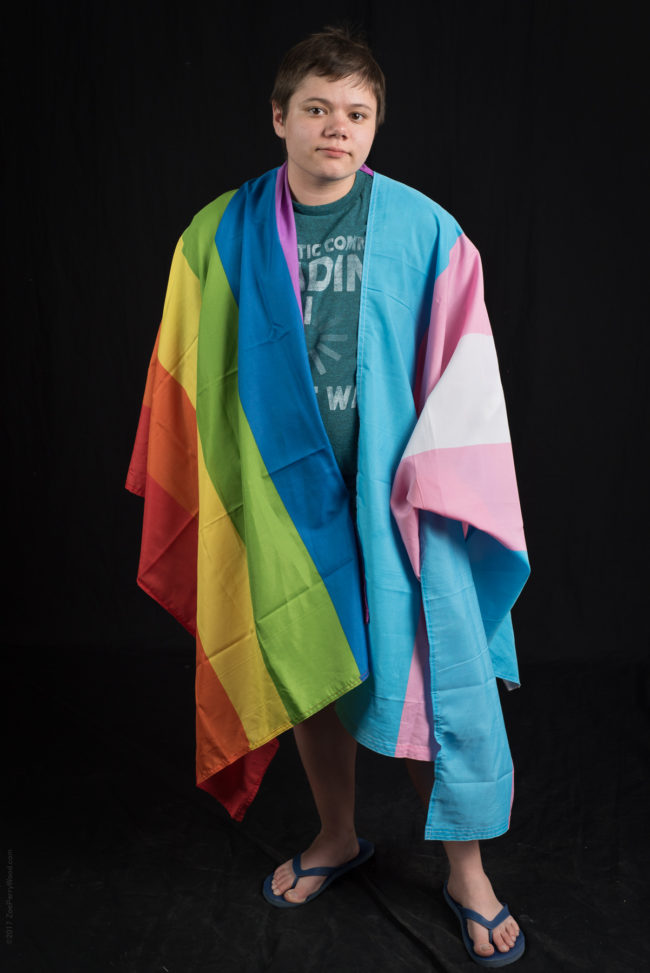
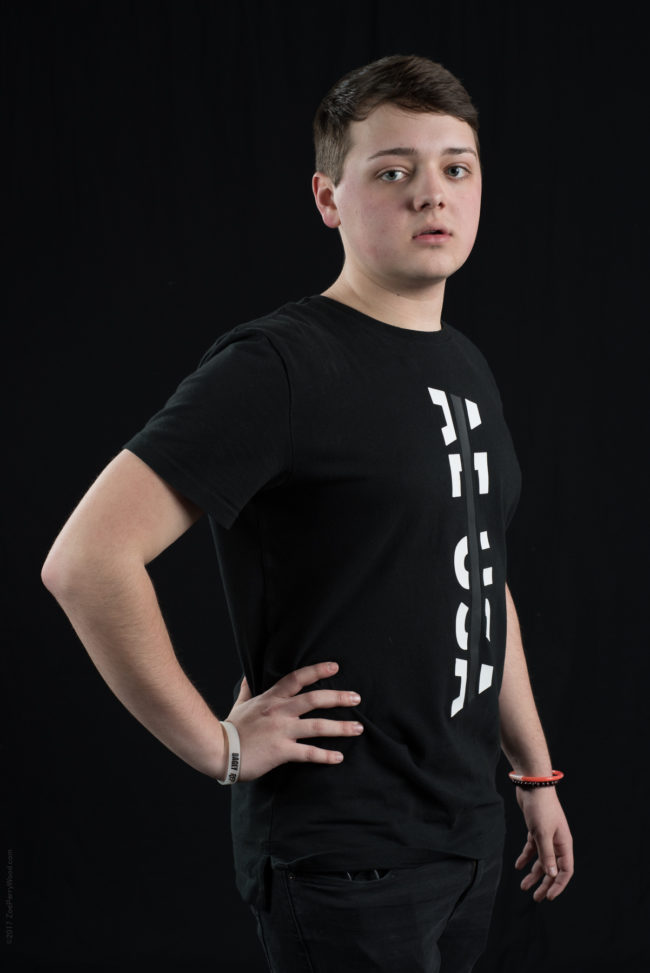
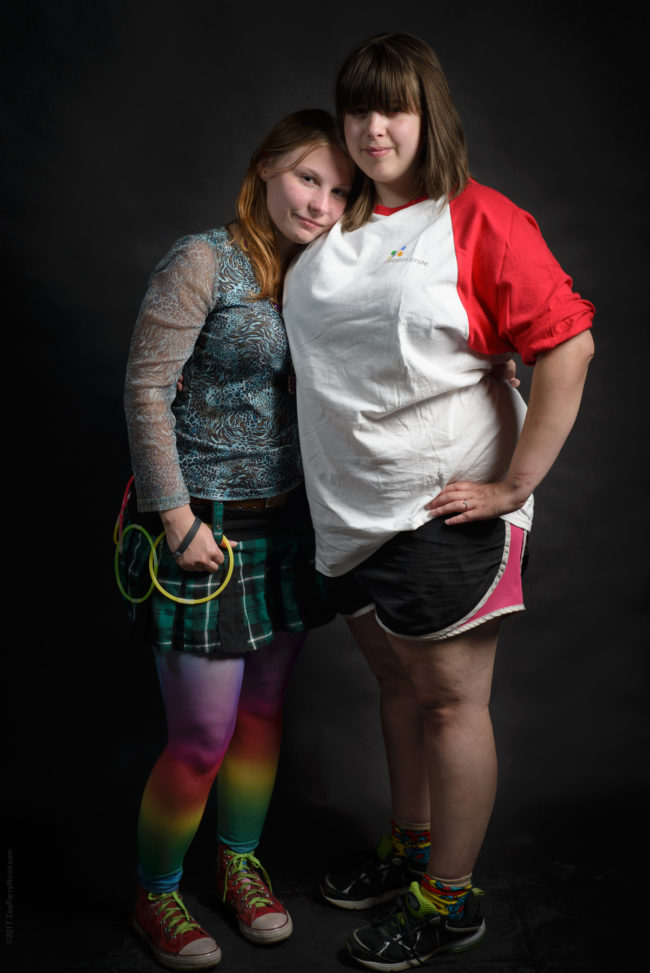
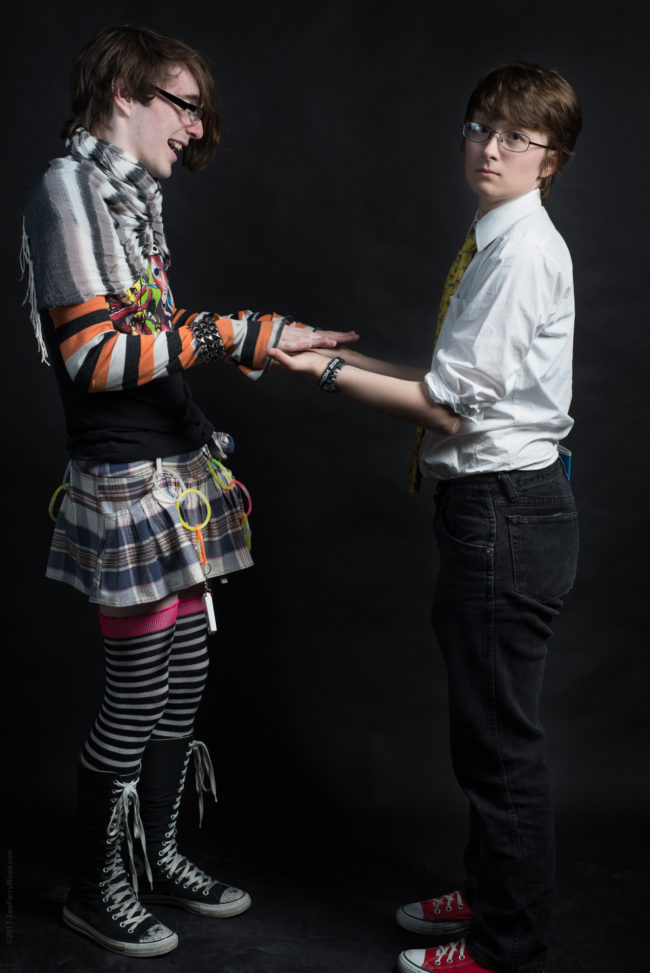
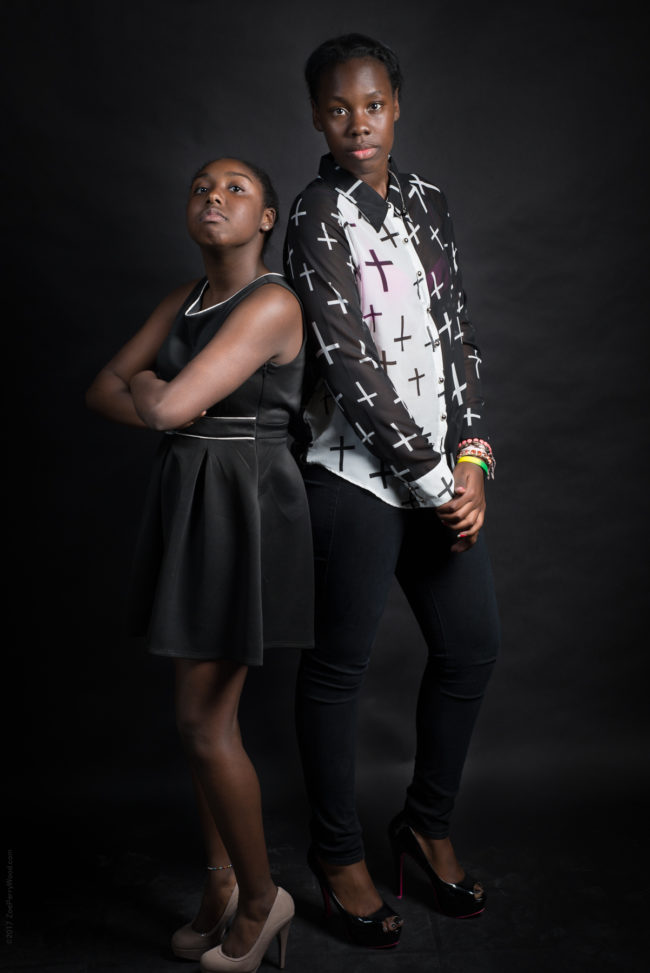

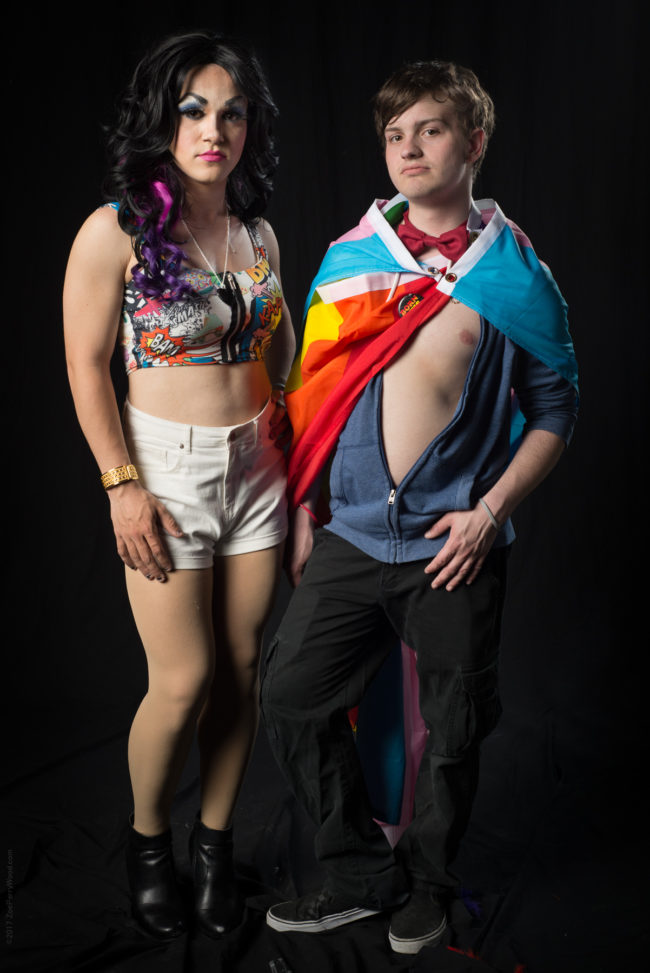
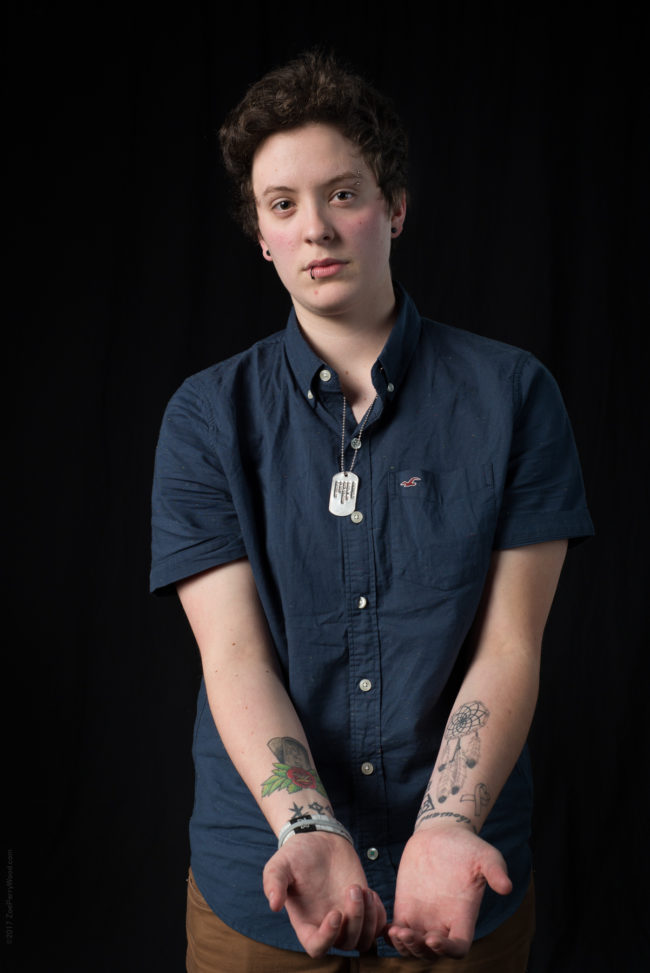
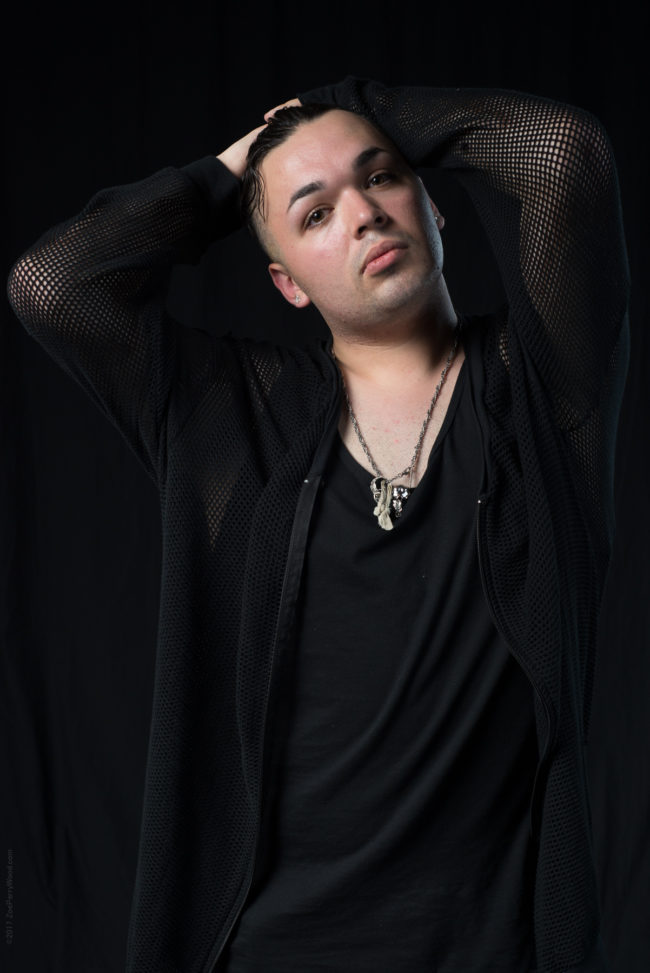
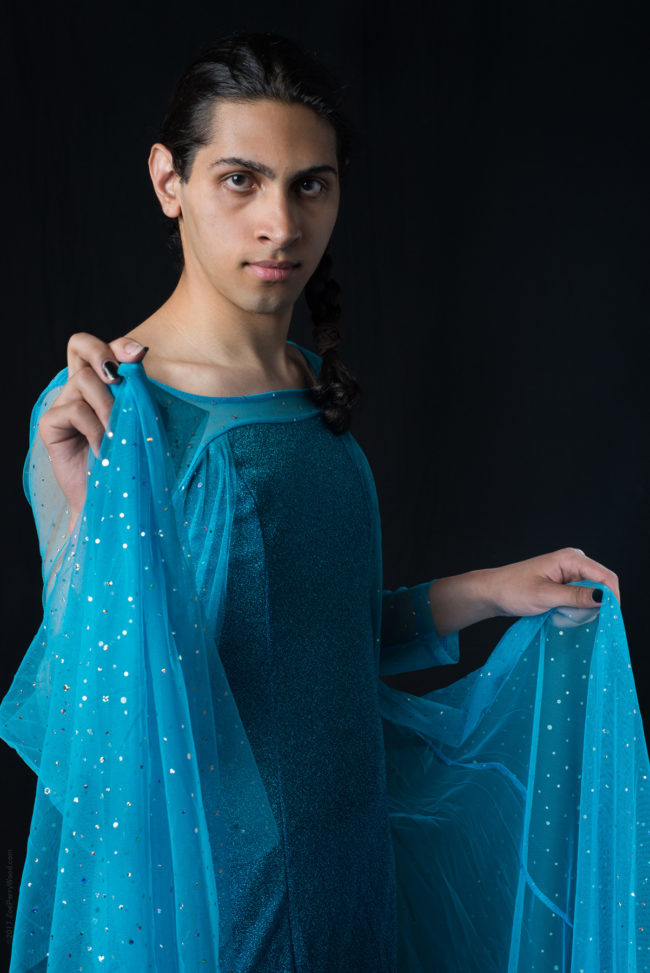
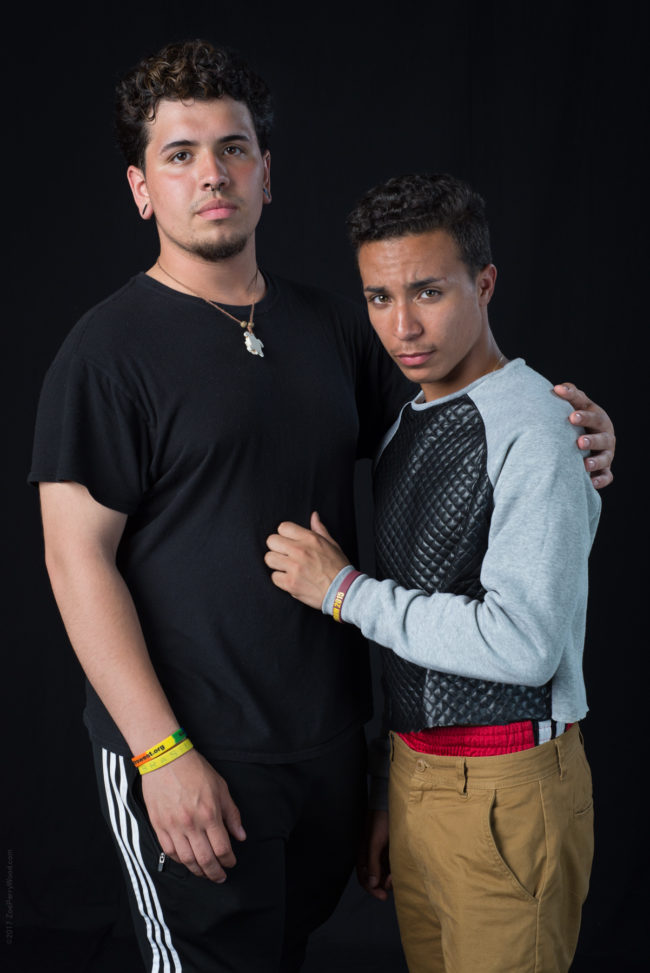
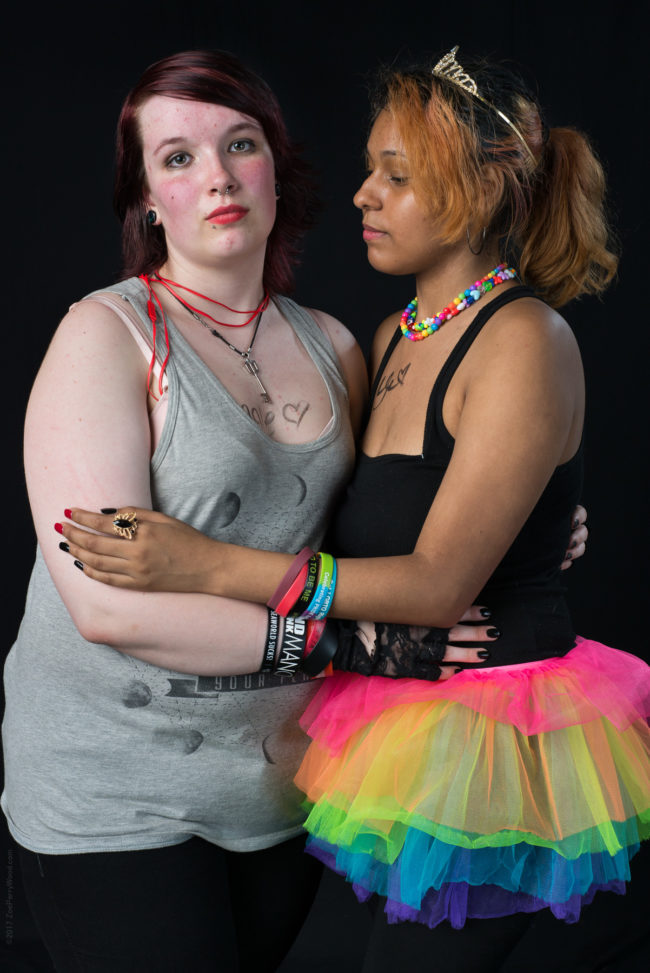
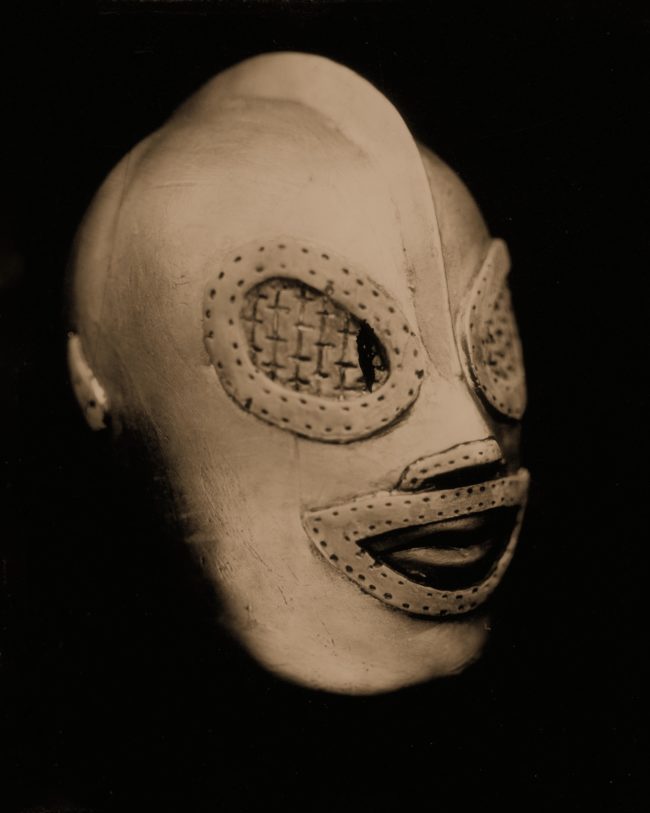
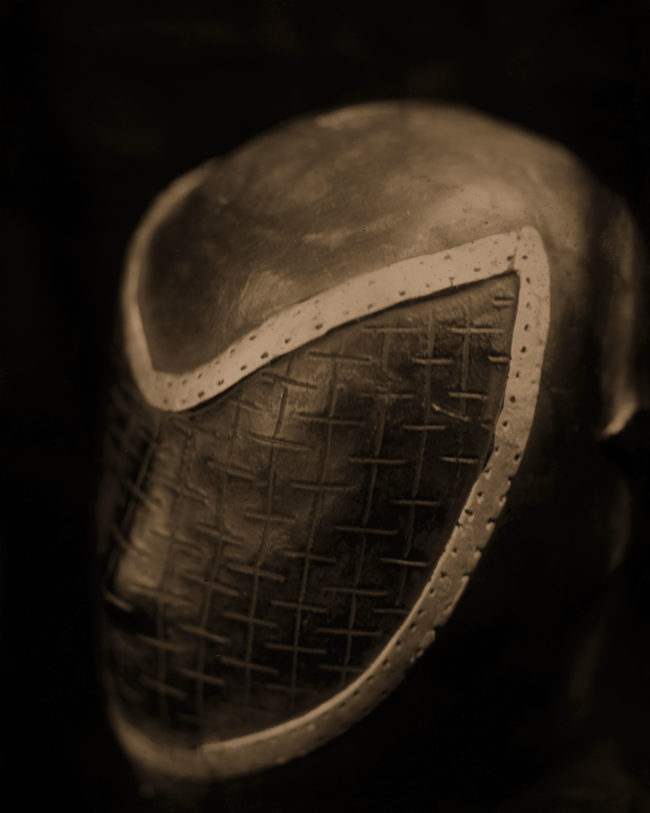

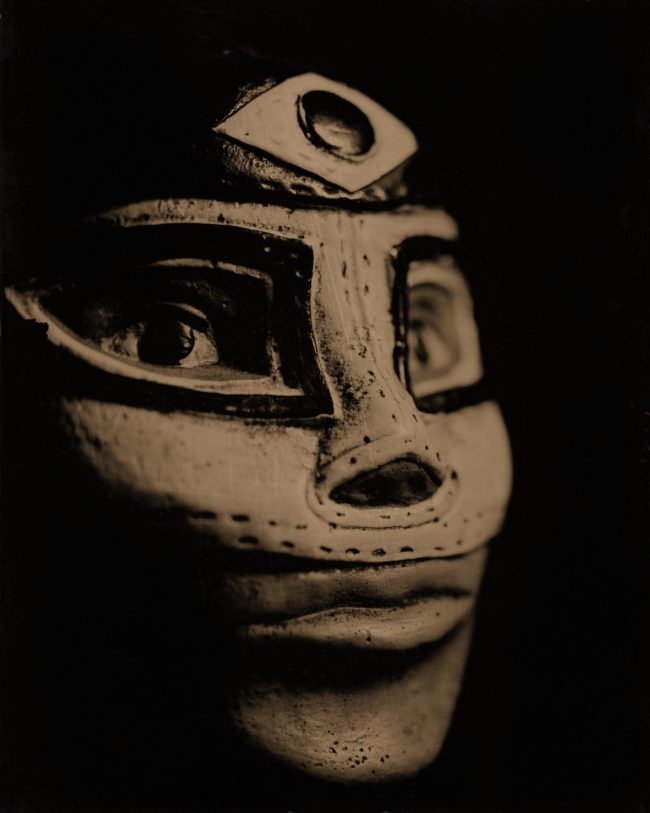

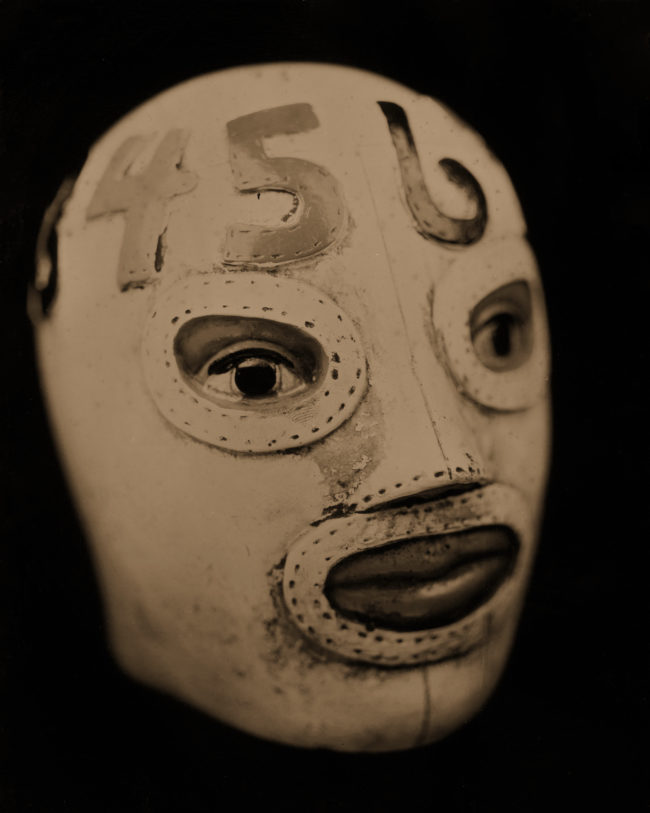
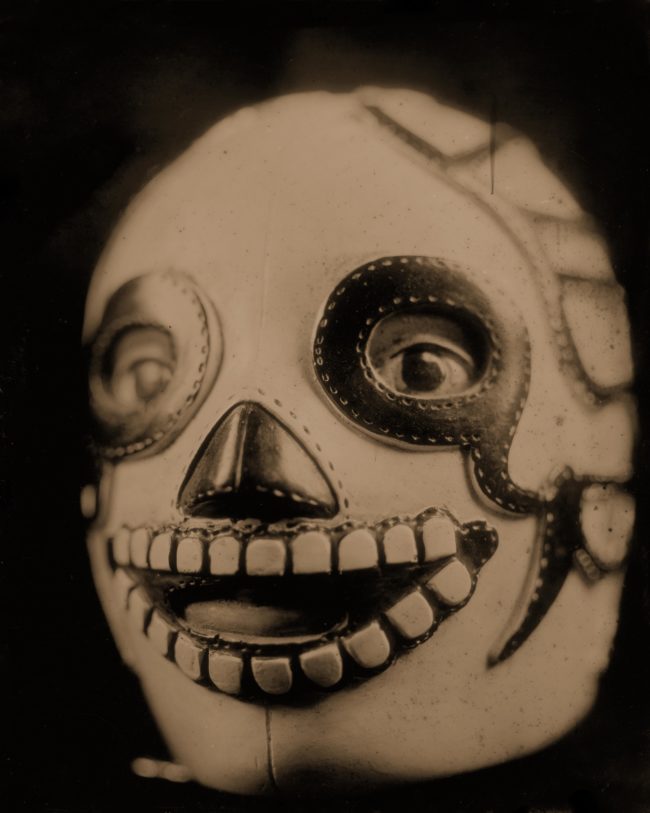


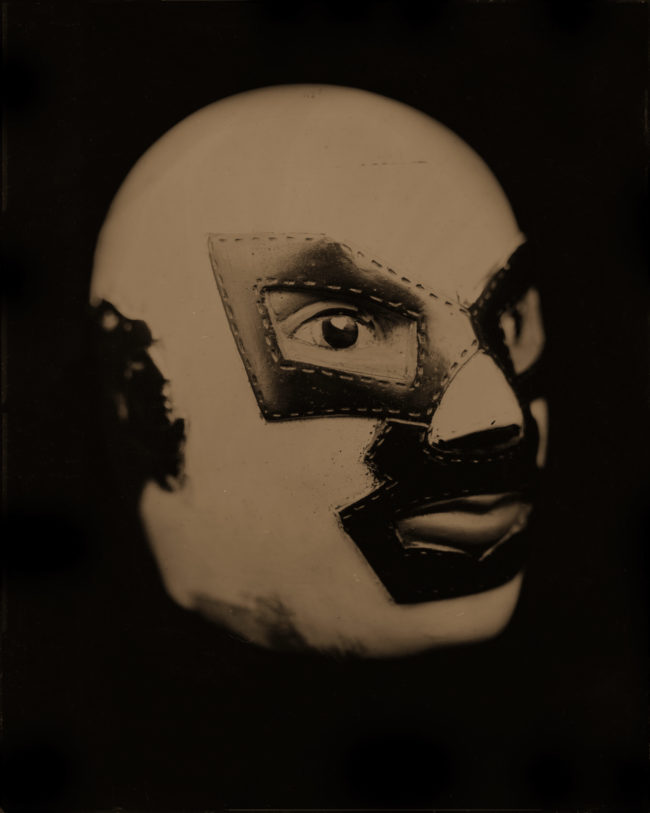
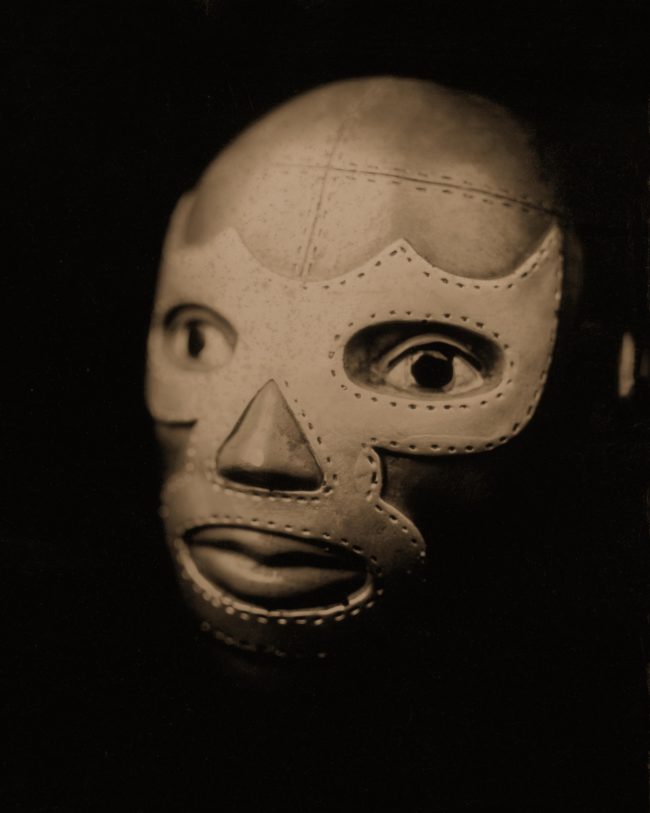
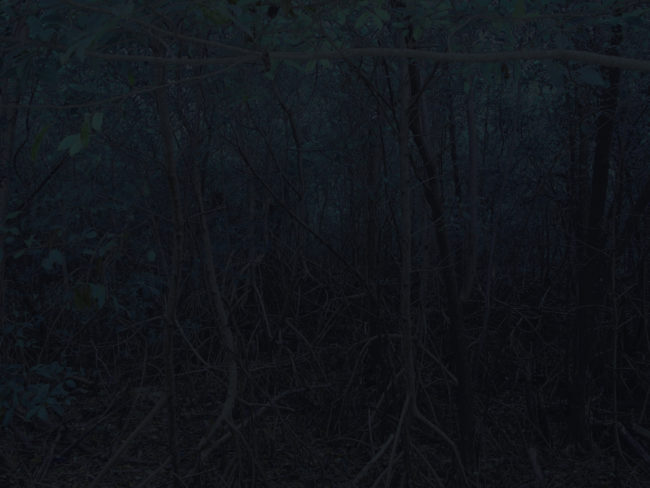
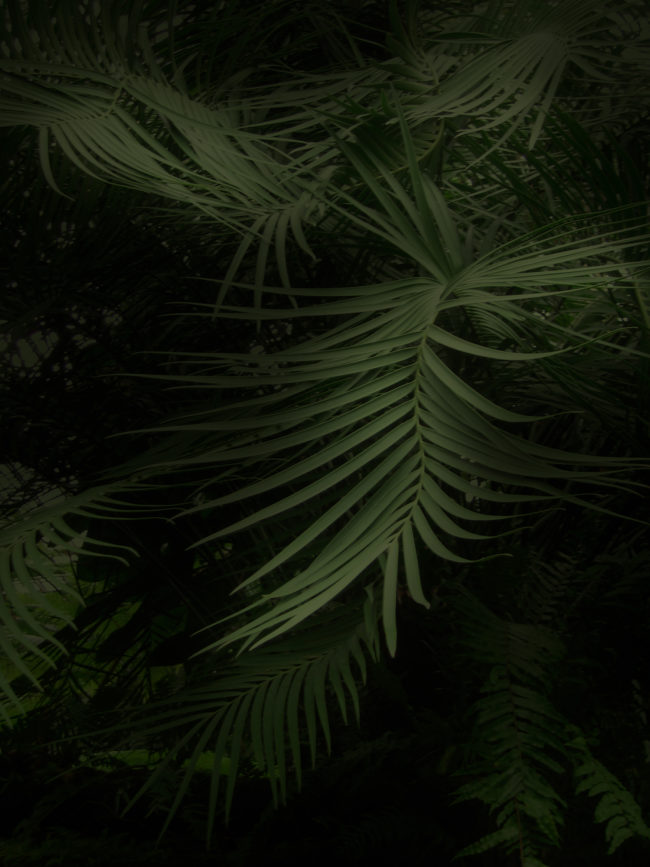


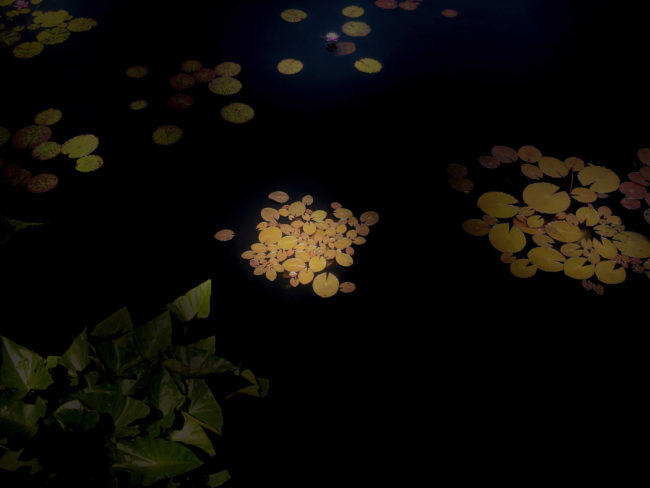
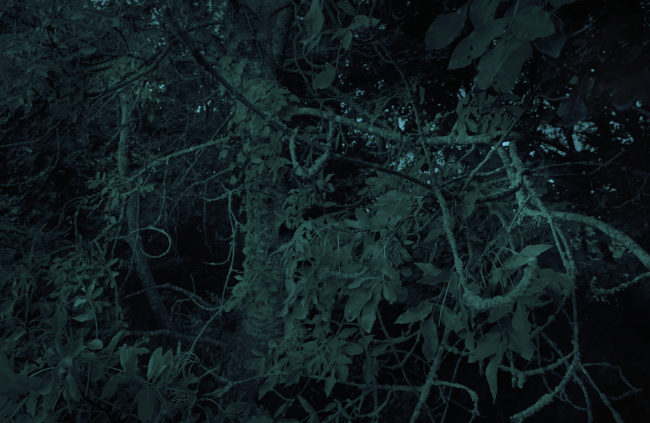
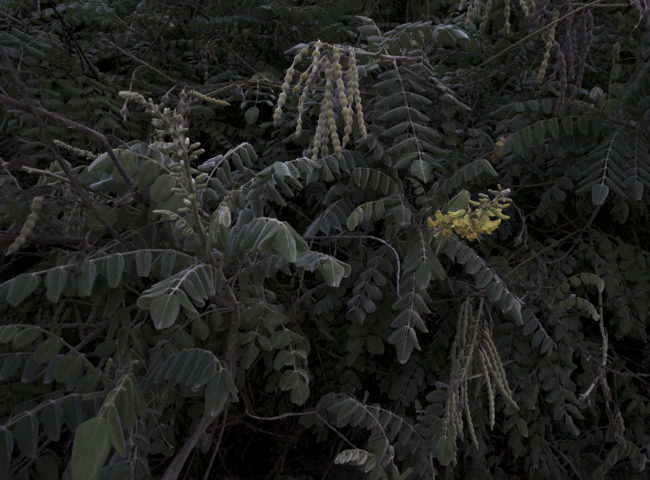
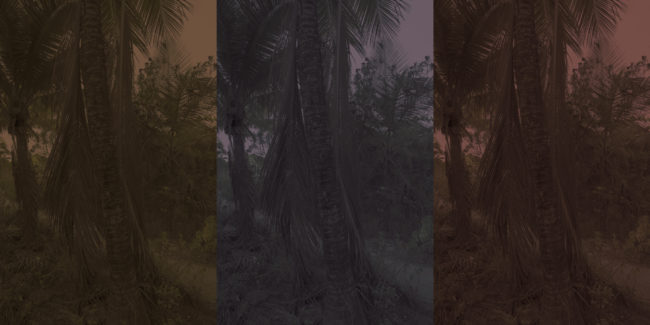
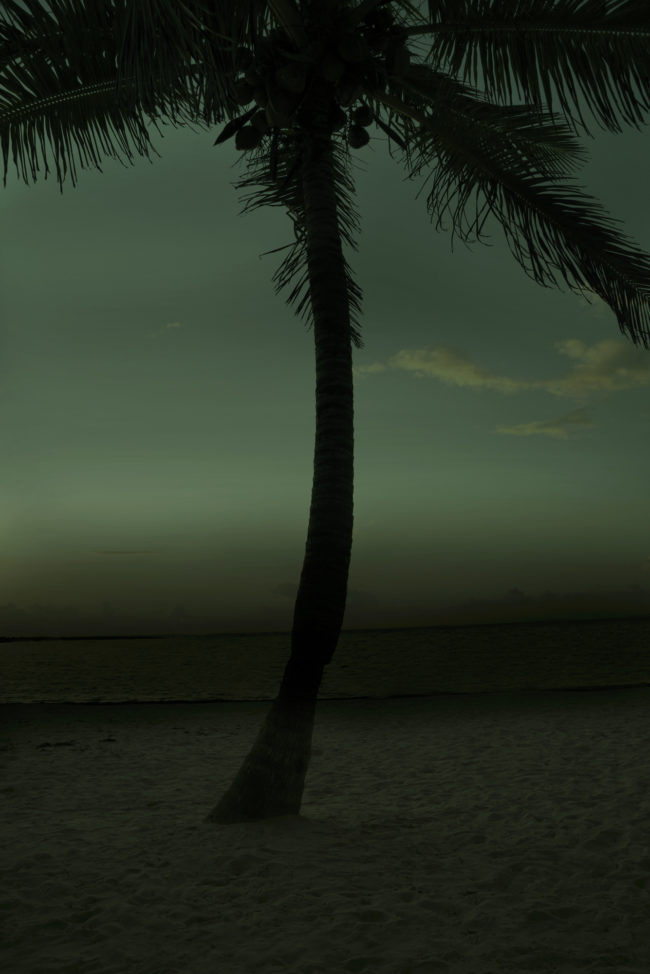
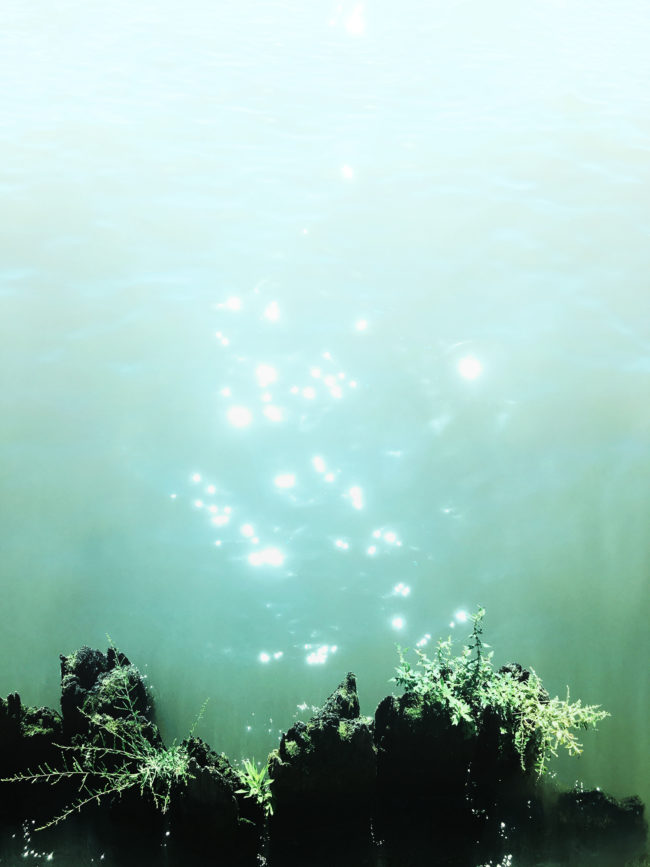
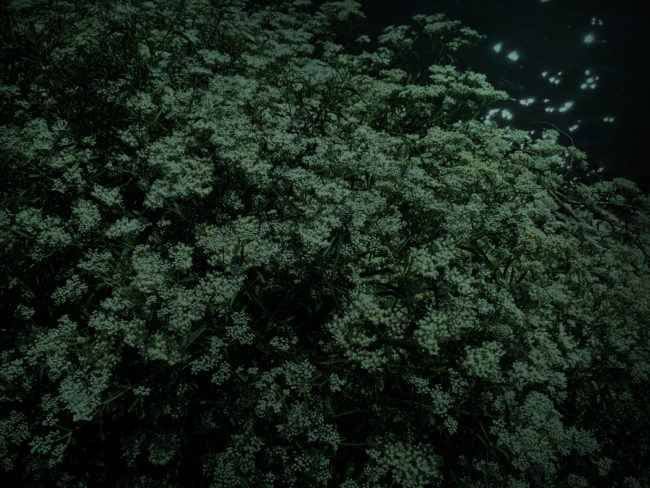



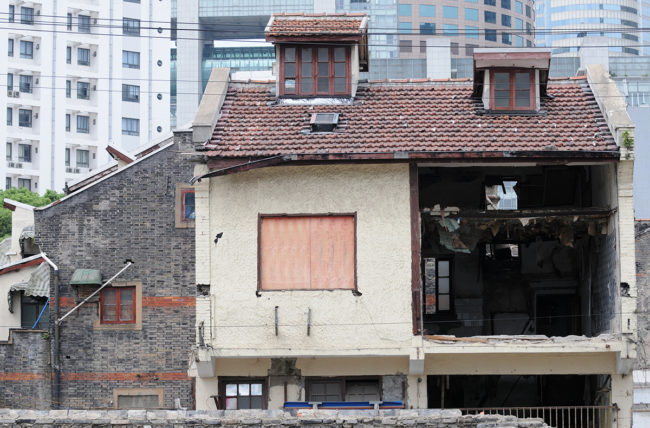
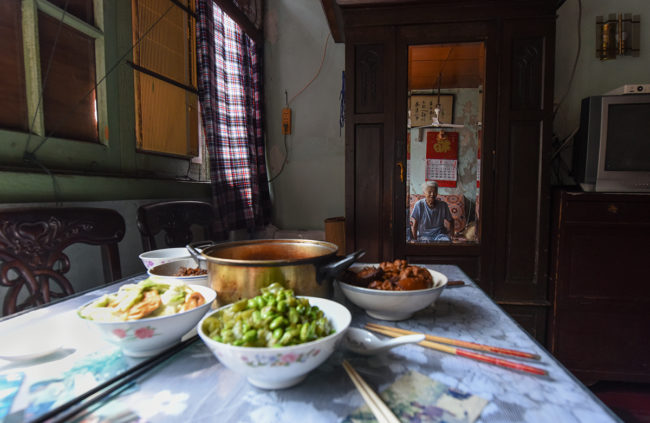

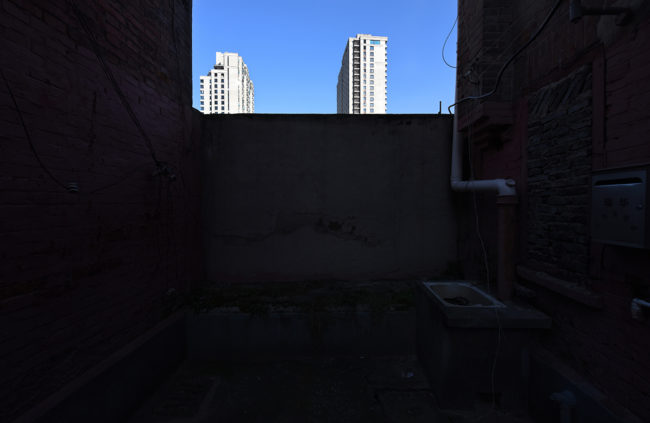
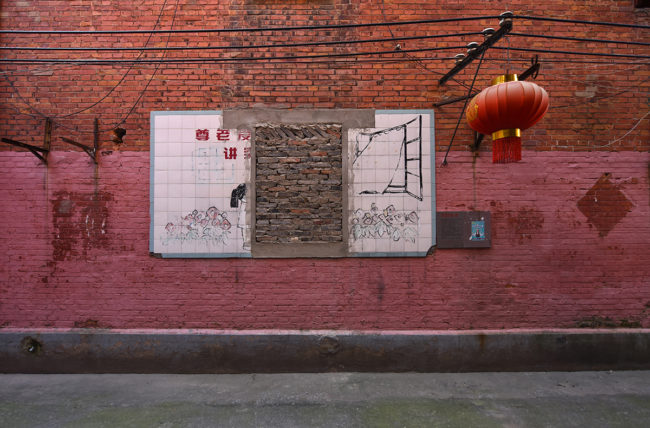

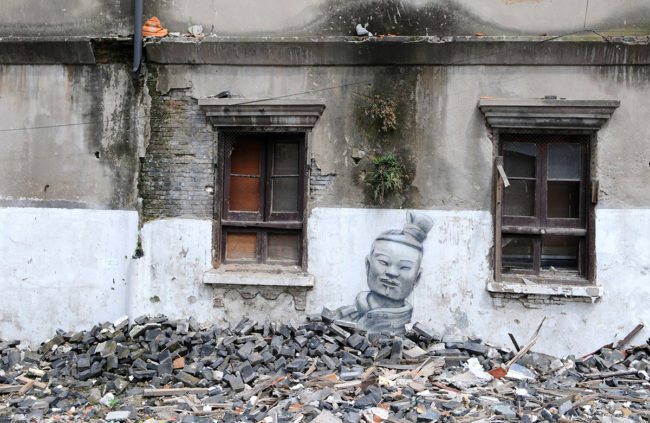


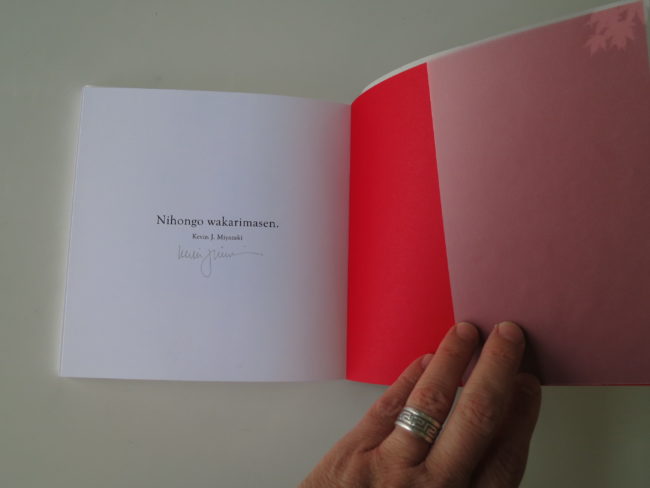
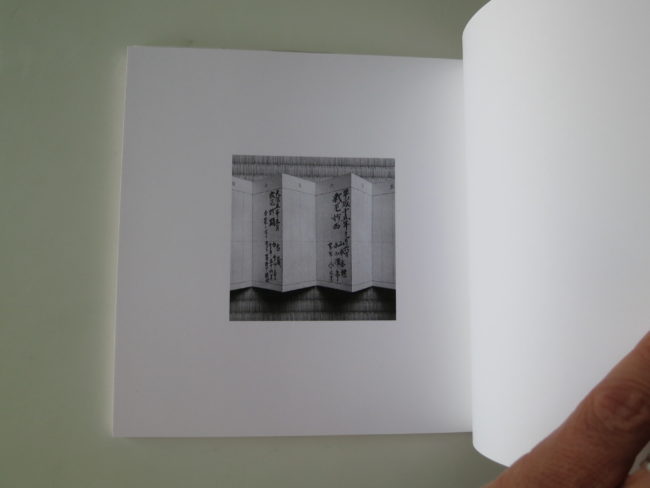



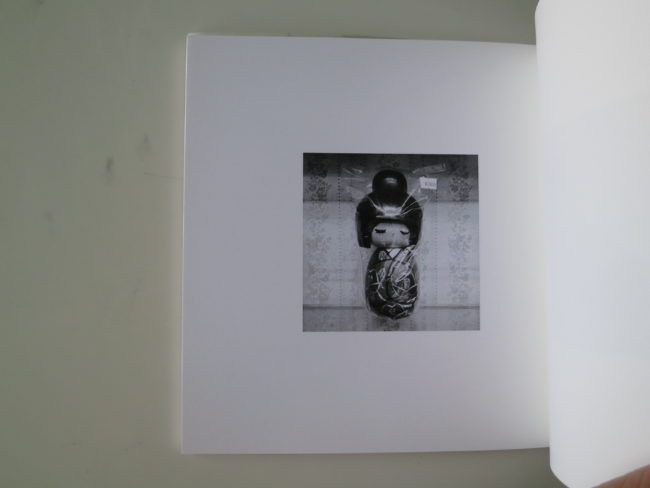


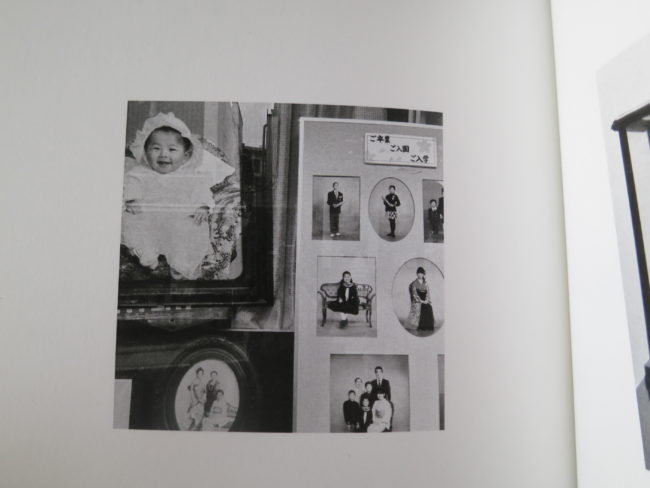
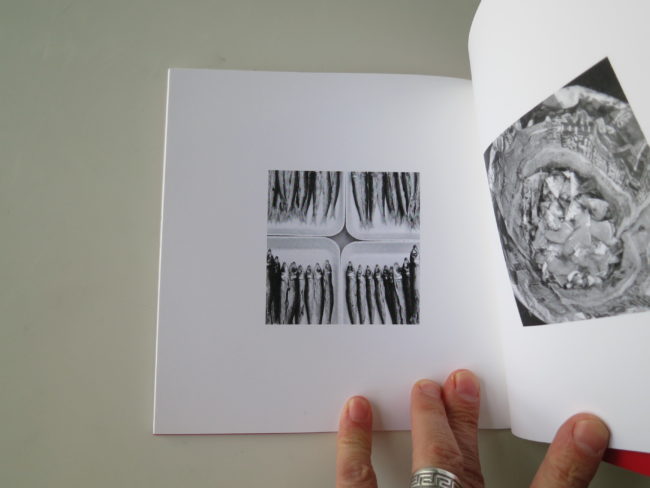
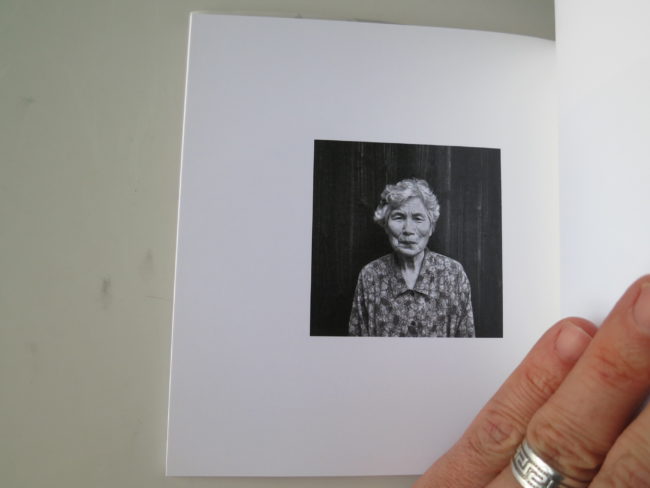
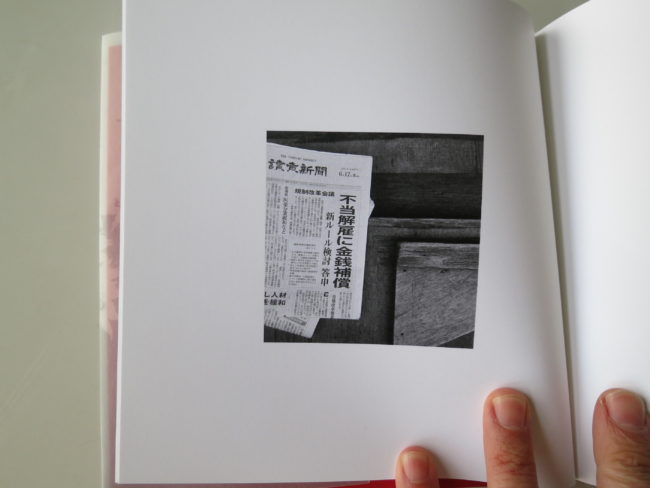

3 Comments
Show me something I’ve never seen before- those Lucha Libre, toy mask portraits shine!
Yeah, Stan, they’re dope. It’s funny, because the more we do this, (looking at photographs,) the harder it is to see things we haven’t seen before.
Thanks Jonathan for this thoughtful post and sharing such interesting work. A great read, and inspirational work.
Comments are closed for this article!